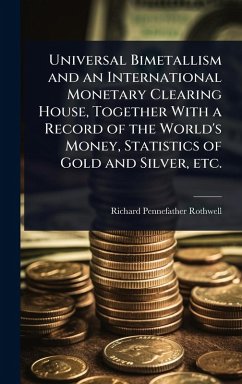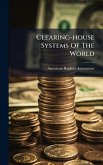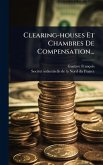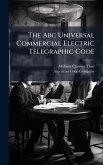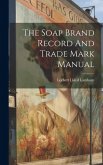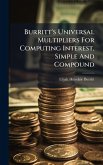âUniversal Bimetallism and an International Monetary Clearing Houseâ by Richard Pennefather Rothwell, originally published in 1893, delves into the complexities of international monetary systems during a period of significant economic debate. Rothwell champions the adoption of bimetallismâ"the use of both gold and silver as legal tenderâ"as a solution to the monetary challenges of the late 19th century. This comprehensive work not only presents a detailed argument for bimetallism but also proposes the establishment of an international monetary clearing house to facilitate global trade and stabilize currency exchange rates. The book includes a detailed record of the world's money supply, statistics on gold and silver production, and an analysis of various national monetary policies. Rothwellâ(TM)s insights offer a valuable perspective on the historical context of monetary policy and the challenges of international economic cooperation. This edition remains relevant for scholars and students interested in the history of economic thought and the evolution of global financial systems. This work has been selected by scholars as being culturally important, and is part of the knowledge base of civilization as we know it. This work was reproduced from the original artifact, and remains as true to the original work as possible. Therefore, you will see the original copyright references, library stamps (as most of these works have been housed in our most important libraries around the world), and other notations in the work. This work is in the public domain in the United States of America, and possibly other nations. Within the United States, you may freely copy and distribute this work, as no entity (individual or corporate) has a copyright on the body of the work. As a reproduction of a historical artifact, this work may contain missing or blurred pages, poor pictures, errant marks, etc. Scholars believe, and we concur, that this work is important enough to be preserved, reproduced, and made generally available to the public. We appreciate your support of the preservation process, and thank you for being an important part of keeping this knowledge alive and relevant.
Bitte wählen Sie Ihr Anliegen aus.
Rechnungen
Retourenschein anfordern
Bestellstatus
Storno

